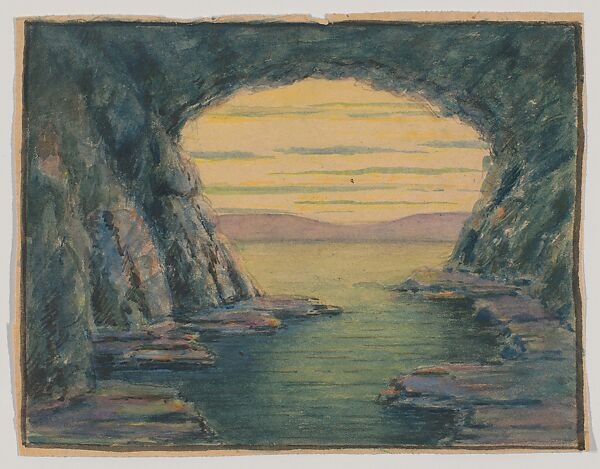Eggs and caves

Summary
Contemporary society is being shaped by multiple “traumatic events,” enveloping us in a complex and ambiguous world. Extreme weather, the COVID-19 pandemic, identity crises...
At the same time, everyone experiences wounds in life. Everyone faces dangers and taboos; everyone feels pain. How to confront trauma, process it effectively, and ultimately let go to move forward is a crucial question.
Egg and Cave Doodles will help you express difficult emotions like worry, anger, and confusion in a non-confrontational way. Here, I offer a safe and confidential space to support you in bravely sharing your story. Because everyone has a story, and every story deserves to be heard.
Introduction
After trauma, how do we go on living?
Perhaps art cannot provide us with answers, but it can help us see who we are and face the truth.
Reflecting on trauma is important—it can effectively help us bid farewell to the past. Yet our goal is not to dwell on the past and the trauma itself; what matters more is how we use it to transform ourselves and how we continue living.
In these 20 minutes, you’ll engage with two very simple symbols. They may represent protection, vulnerability, growth, or memory—or they may signify something entirely different.
Don’t worry—you don’t need to prepare any stories. This is simply an experience. Just follow the steps and doodle freely.
Disclaimer: Your creations are completely anonymous!
Tools:
- Eggs
- White paper
- Markers
Unit 1: Egg Drawing (5 minutes)
1. Pick an egg you like from the carton.
2. Draw a slit on the egg.
At this moment, you hold a magical egg in your hands and anything you can think of can come out of it.
3. Draw your imagined artwork on the egg.
4. Write a number on your egg.
Unit 2: Cave Drawing (6 minutes)
1. Draw a large oval on a blank sheet of paper (as large as possible).
This is the entrance to the cave.
2. If you lived here, what would you see outside?
3. Draw your imagined scene within the ellipse.
4. Combine this with the egg you created earlier and leave a line of text on this cave painting. (It could be the words you most want to hear, something you wish to say to others, or a line of dialogue.)
5. Assign the cave painting the same number as the egg.
Unit 3: Sharing (5 minutes)
1. Take a photo of your hand holding an egg (the frame should only include your hand and the egg). Upload this photo via https://shimo.im/boards/2wAlddveOwHmP6AP
2. Leave a comment on your favorite egg photo.
3. Leave your egg behind, and in return, you may take one of someone else’s eggs.
4. Find the cave painting with a number matching your egg’s number. The phrase on the painting belongs to you.
Unit 4:Reflection (3 minutes)
1.Did any unexpected symbols appear in the eggs you drew? What do these symbols represent?
2.What emotion stood out most during the entire learning process? Was it calmness, joy, sadness, or anger?
Congratulations on completing two art pieces!
In fact, “Eggs and Caves” originates from psychotherapist Tanaka’s art therapy techniques, which I adapted and modified.
In this creation, the eggs symbolize the hidden world within, while the caves represent safe spaces in reality.
I aimed to bridge the gap between inner conflicts and lived experiences through doodling.
Perhaps it didn’t achieve the effect I envisioned, but if it allows you to glimpse something different in a single moment, that’s enough.
( Herbert E. Crowley (British, Eltham, Kent 1873–1937 Ascona, Switzerland))
( Herbert E. Crowley (British, Eltham, Kent 1873–1937 Ascona, Switzerland))


